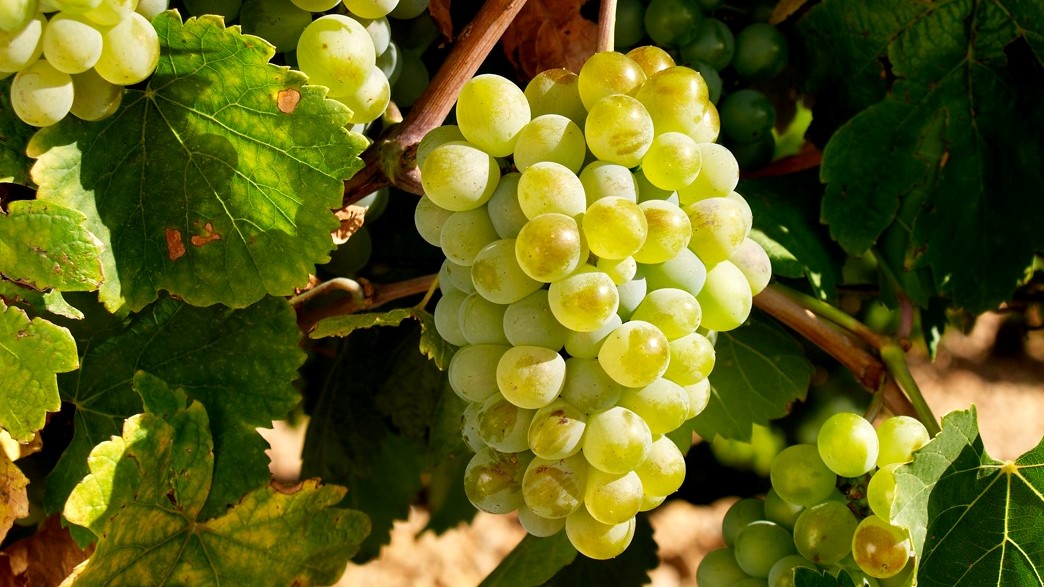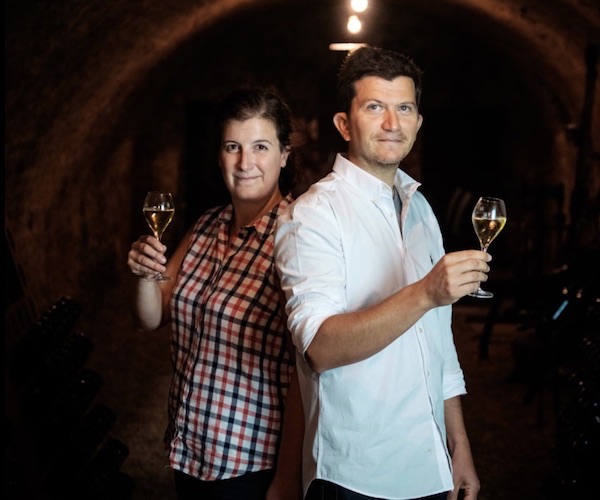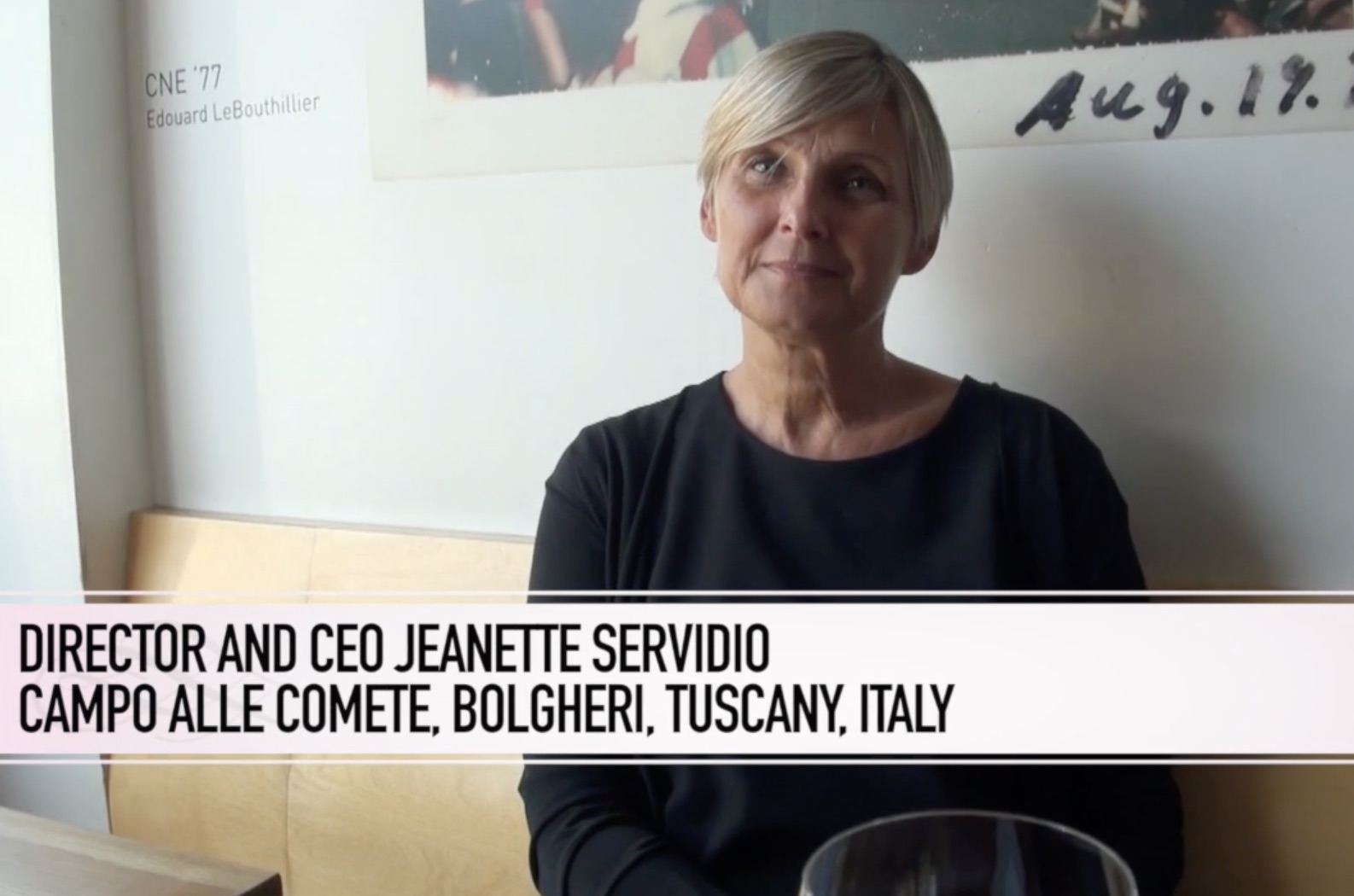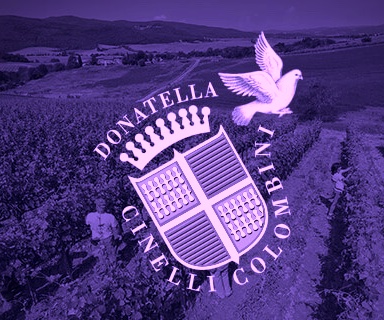On the high plains south of Vallodolid, a sea of vineyards sprawls. Separated from the sea by the Cantabrian mountains, the climate is distinctly continental with blazing hot, dry summers and cold winters. In other parts of Spain’s Castilla y Leon region, red wine reigns. Not so in Rueda.
Perched at 600 – 850 metres altitude, nightly temperatures plunge in Rueda vineyards, allowing for the retention of fresh natural acidity. The region is dedicated, almost exclusively, to the production of Verdejo. This white variety produces crisp, light, flavourful wines with citrus and tropical fruit notes underscored by nuances of aromatic herbs.
If the grape doesn’t sound familiar, that may be because it is scarcely planted outside of Spain. The vast majority of plantings are in Rueda, some 170km northwest of Madrid. The Verdejo grape is thought to have arrived in the region from North Africa, brought by the Mozarabs, who settled in the area in the 11th century.
In the 15th century, a fortified rancio style of Rueda Verdejo called Dorado was much in demand by the Castillan court. Their reputation grew, leading to exports across Europe. These Sherry-like wines remained en vogue well into the 18 hundreds. By then, Rueda was a thriving wine-producing region with Verdejo vines planted alongside a number of other, mainly red, varieties.

Photo credit: Rueda DO
Then came Phylloxera and with it, a varietal changing of the guards. Large swathes of Rueda’s vineyards were decimated. When replanting began, Palomino Fino was the grape of choice. The major grape of Jerez, Palomino was an attractive choice for its high yields, ability to thrive in arid conditions, and proven track record for fortified wine production.
While Rueda’s traditional styles continued to be produced in small quantities, the region became better known for bulk wine production. These simple, warming, rustic wines were prone to early oxidation. Rueda’s former glory was all but lost, until revolutionary new winemaking practices appeared on the scene.
This reversal of Rueda’s fortunes came in the 1970s.
Inspired by the teachings of eminent French oenologist Emile Peynaud, Rioja winery Marques de Riscal set their sights on Rueda. Under Peynaud’s tutelage, the bodega was the first to demonstrate that, with protective winemaking methods, Verdejo could produce vibrant, refreshing dry white wines.
These new techniques quickly took hold in the region and Verdejo plantings crept up again. From less than half of Rueda’s vineyard acreage, Verdejo vineyards grew to their current 88% of the DO (denominación de origen, aka appellation).
If you visit Rueda in late September, you will need to venture out in the wee hours of the morning to witness the grape harvest. Mechanical, night harvesting, cool temperature fermentation in inert vessels, and early bottling are now the most employed vinification techniques.
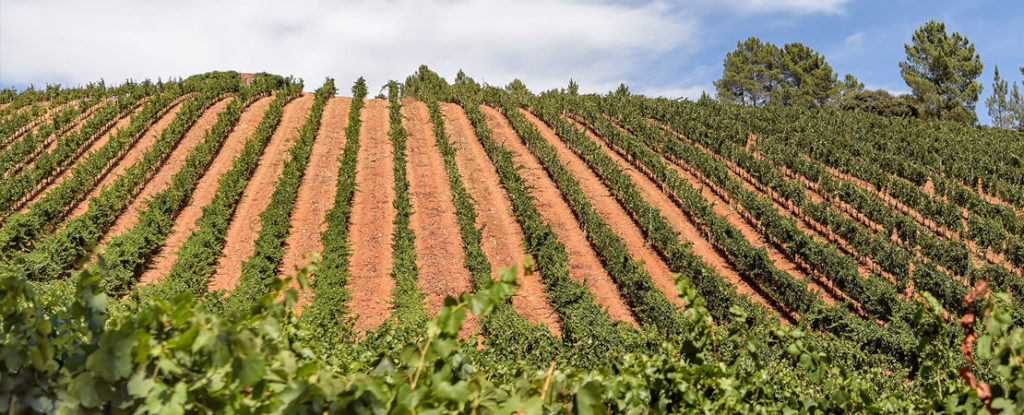
Photo credit: Rueda DO
These pale, fresh, fruity, dry whites are highly popular in Spain. Order a glass of white wine at any café terrace in Madrid, and you will more than likely be served Rueda. The region is second only to Rioja in terms of domestic sales volumes.
But these are not the only styles of Verdejo to seek out from Rueda. Fortified wines produced by oxidative ageing (Rueda Dorado) and by biological ageing – under a veil of flor (Rueda Pálido) are still made in small quantities.
The region’s sparkling wines are also gaining in repute. Rueda Espumoso, made from 75% Verdejo and/or Sauvignon Blanc, are mainly traditional method bubblies, aged nine months minimum on lees. Vintage bottlings matured for 36 months or longer can bear the mention Gran Añada.
For the top tier of Verdejo dry whites, look for terms like Vino de Pueblo (sourced from single village sites) or Gran Vino de Rueda, produced from low yielding, old vine parcels. These concentrated Verdejo wines are generally aged for longer periods, sometimes barrel or concrete fermented, and matured on lees. Hugely aromatic, they possess a steely structure, and very textural mouthfeel.
What appeals most to me, from both the early drinking, and the long-matured styles of Verdejo, is their downright drinkability and refreshing citrussy bitters. This subtle bitterness on the finish allows the wines to pair with a wide range of light, savoury dishes.
I recently had the opportunity to taste through a selection of wines, which are sadly not available here, but excellent value and worth seeking out!

Photo credit: kikico.ca
Avelino Vegas “Circe” Verdejo 2021
Fragrant nose of candied peach, grapegruit, and underlying hints of fresh cut herbs. The palate is broad, round, and juicy, with a fruity finish tempered by subtle bitters. This is a very smooth, subtly off-dry style of Verdejo.
Bodega de Alberto Verdejo Ecológico 2021
This certified organic wine offers vivid notes of grapefruit, gooseberry, and fennel that echo across the nose and palate. Crisp and lively on attack, with a lightbodied, easydrinking quality and a dry, lifted finish.
Bodega Gótica “Transcampanas” Verdejo 2021
Initially restrained, with lemon, grapefruit, and guava hints emerging over time, underscored by a pleasing earthiness. The palate hums with a bracing, taut energy tapering to a bone-dry, mouthwatering finish.
Álvarez y Diez “Mantel Blanco” Verdejo 2021
High altitude parcels of thirty year old vines, aged several months of their lees give a complex, nuanced wine here. The nose is initially Sauvignon-esque (grassy and gooseberry scented), with bright apricot notes developing with aeration. Brisk and steely on the palate, with refreshing citrus pith bitters.
Bodegas José Pariente Rueda Verdejo 2021
Highly aromatic, with layers of fresh cut herbs, currant bud, white peach, and grapefruit. Vibrant citrussy flavours are lifted by hints of anise on the textural mid-palate. Finishes dry and mouthwateringly fresh.
Pago Traslagares “Traslagares” Verdejo 2020
Discreet lemonbalm and elderflower aromas feature on the nose. Several months of lees ageing gives a lovely creaminess to the mid-palate of this crisp, somewhat firm, concentrated white white. Herbal hints linger on dry finish.
Vinos Sanz “El Loco de Finca la Collina” 2020
Forty year old Verdejo grapes are blended with a touch of Sauvignon Blanc on this cuvée vinified at cool temperatures in stainless steel. Decidely herbal and floral on the nose, the palate is bracing and firm, with a layered mid-palate offering citrus, green herbal, and subtly savoury flavours. Zesty acidity lingers.
Try these other top quality, sustainable-focused Rueda producers: Belondrade y Lurton, Marques de Riscal, Bodegas Pita, Bodegas Naia, Telmo Rodriguez, Viñedos de Nieva.

